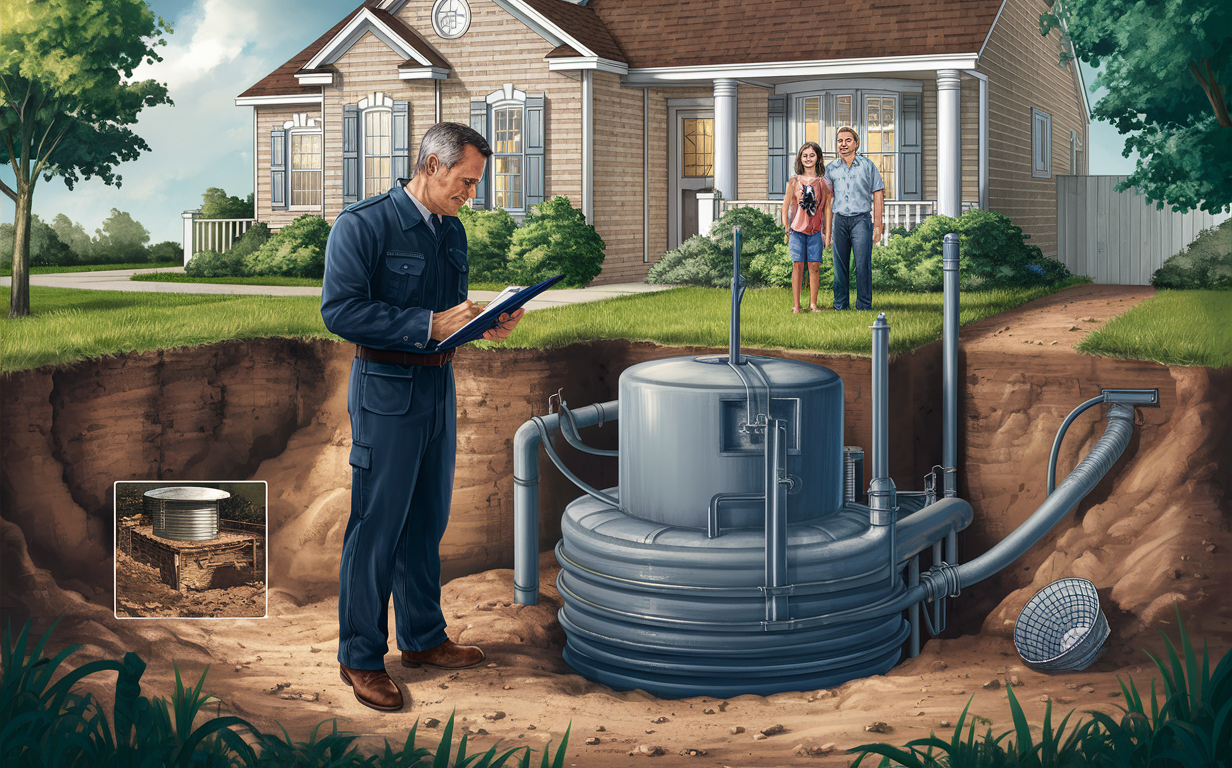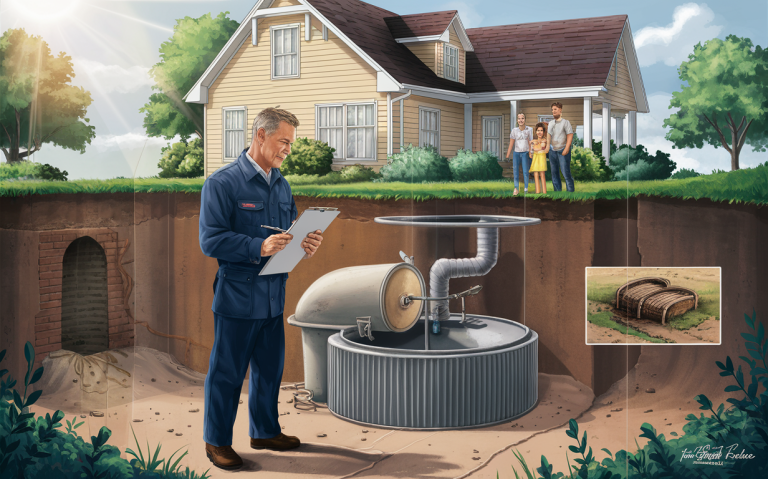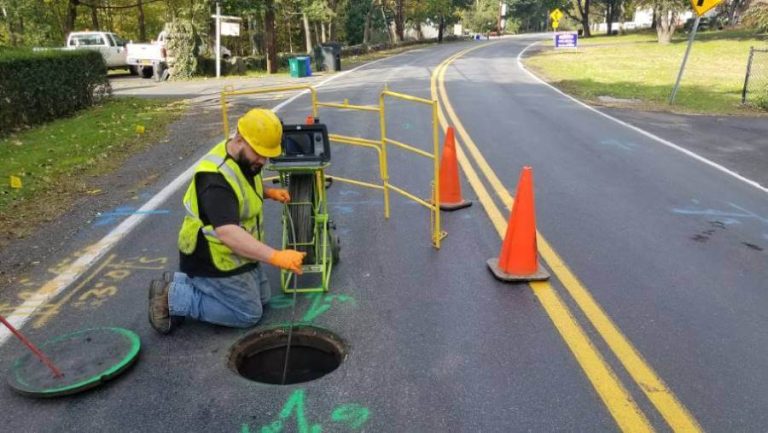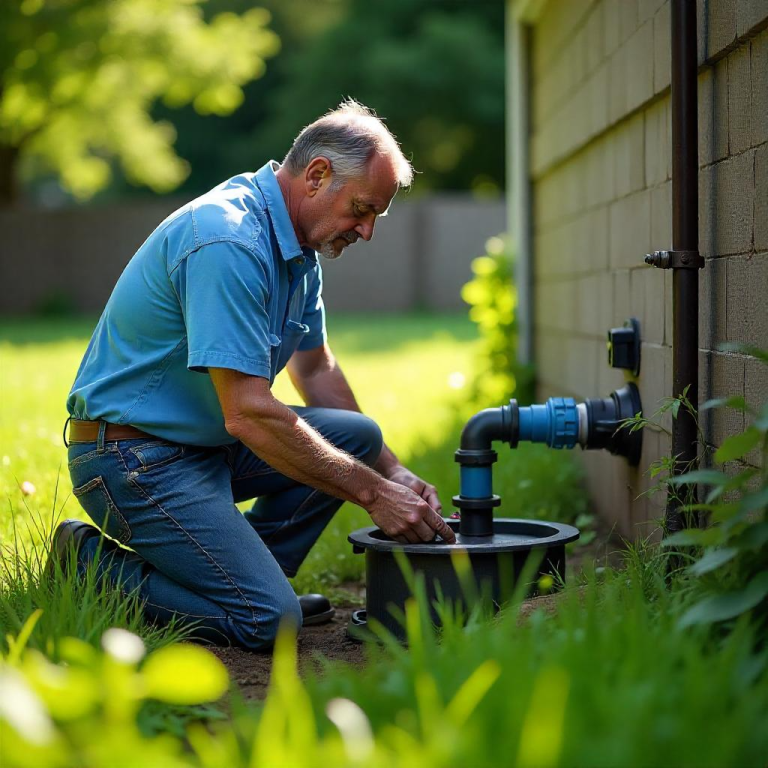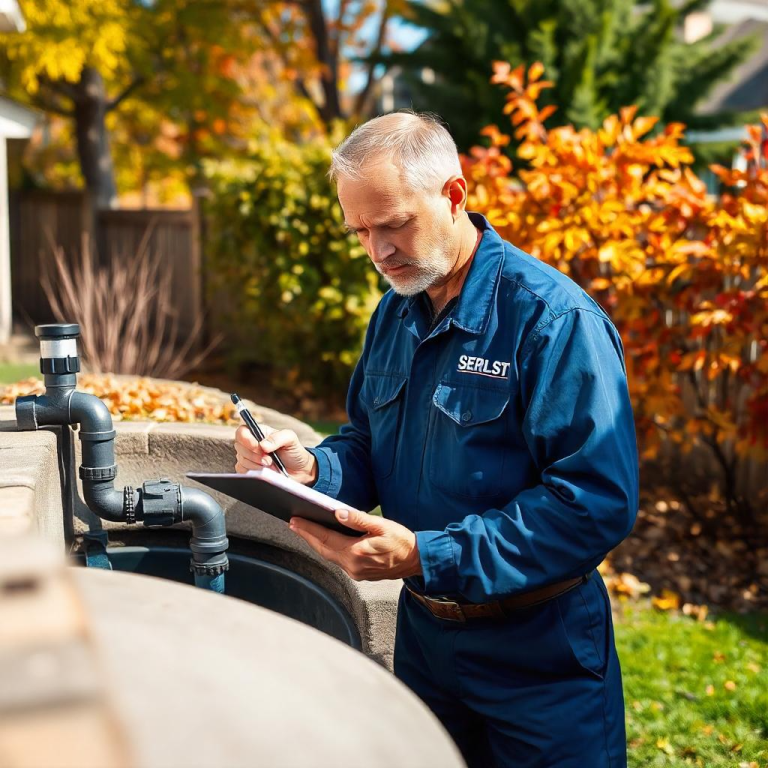Essential Types of Septic System Inspections Guide
Septic system inspections are crucial for maintaining a healthy and efficient wastewater treatment system. They help identify potential issues before they become significant problems, ensuring that your system operates efficiently and safely.
Whether you are a homeowner, a real estate professional, or someone considering purchasing a property with a septic system, understanding the different types of septic system inspections is essential.
Table of Contents
Key Takeaways
- Routine inspections are necessary for the longevity and performance of your septic system.
- Visual inspections and full inspections are the primary types of septic system inspections.
- Each type of inspection has specific methods and benefits.
- Regular inspections help avoid costly repairs and health hazards.
Why Septic System Inspections Matter
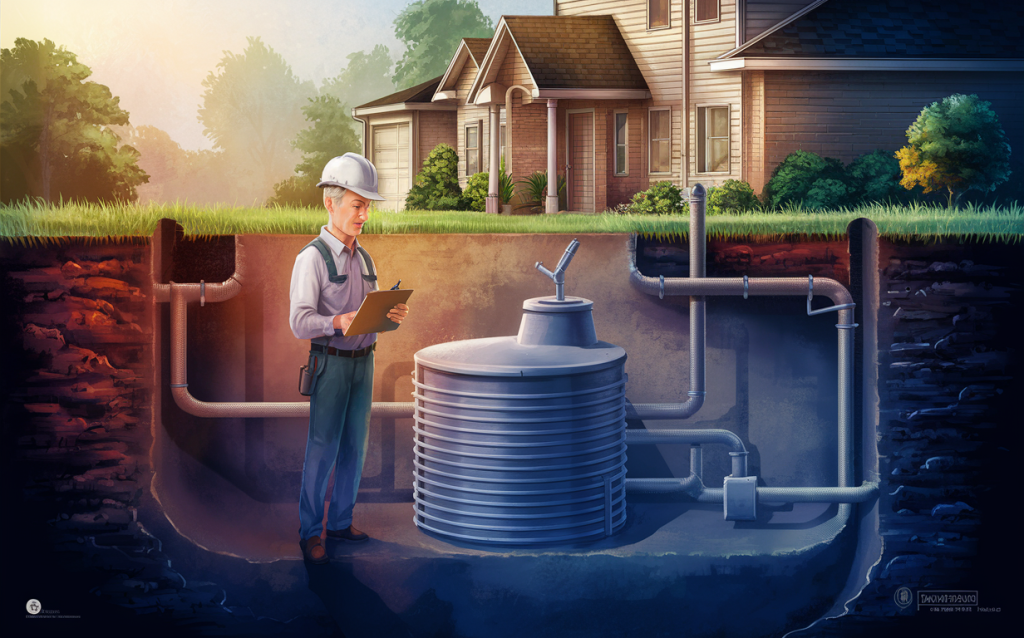
Septic system inspections not only safeguard your property but also protect public health and the environment. Regular inspections can help detect minor issues before they escalate into costly repairs or replacements. This proactive approach ensures that your septic system remains compliant with local regulations and functions effectively.
Types of Septic System Inspections
Understanding the different types of septic system inspections can help you choose the right one for your needs. Here are the primary Types of Septic System Inspections:
Visual Septic System Inspections
Visual inspections are the most basic type of septic inspection. During this process, an inspector checks the overall condition of the septic system without intensive procedures.
What Is Checked During a Visual Inspection?
- Tank Lid and Accessibility: Ensures the tank lid is secure and accessible.
- Drain Field Condition: Observe the condition of the area where wastewater is filtered back into the ground.
- Water Flow: Checks for proper water flow in the toilets and sinks to ensure there are no blockages.
Full Types of Septic System Inspections
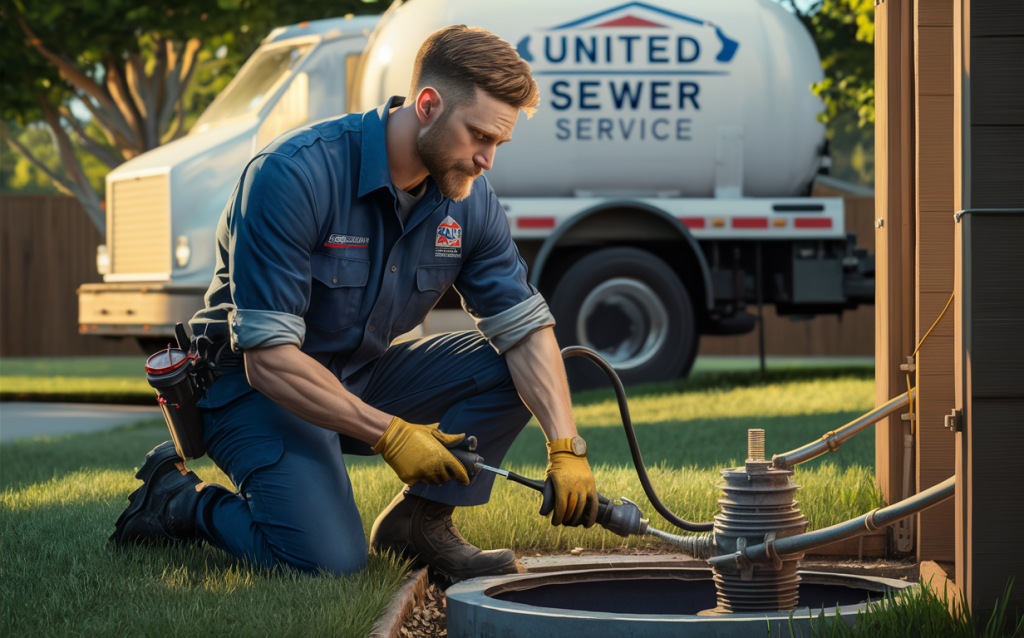
Full inspections are more comprehensive and involve detailed analysis of the entire septic system. These inspections are often required during property sales or if there are signs of septic failure.
Key Components of a Full Inspection
- Tank Pumping: The tank is pumped to check for leaks and measure sludge levels.
- Inspection of Baffles and Filters: Ensures that the components directing water flow into and out of the tank are functioning correctly.
- Leach Field Examination: A more thorough examination of the leach field to detect any signs of failure.
- System Pressure Testing: Tests the pressure within the system to identify potential blockages or breaks.
Advanced Types of Septic System Inspections
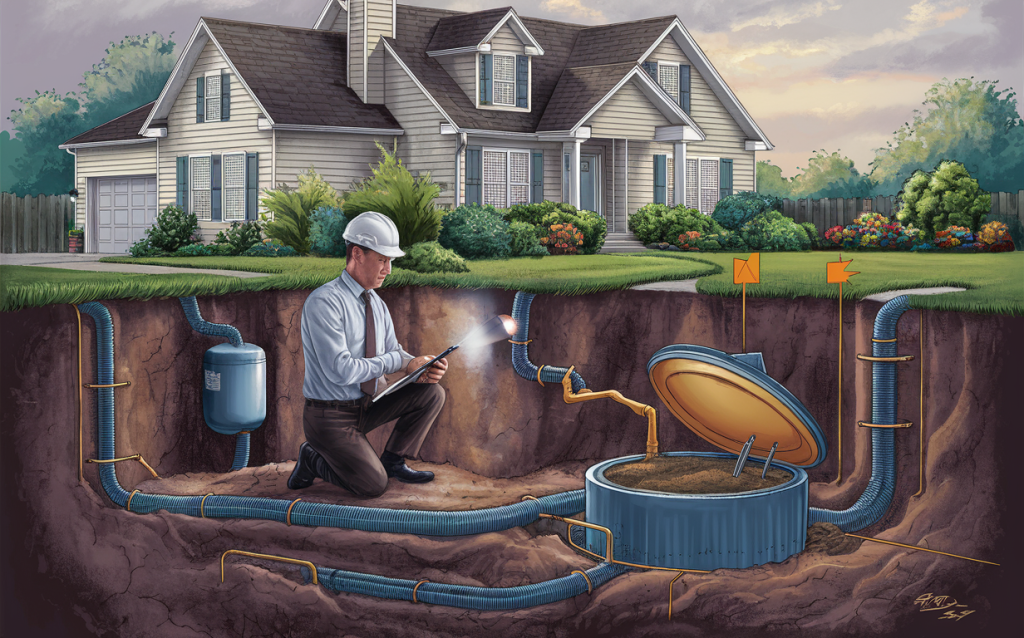
For older systems or those with known issues, advanced inspections may be required. These inspections use specialized equipment and techniques for a more in-depth analysis.
Tools and Techniques Used
- Video Camera Inspections: Cameras are inserted into the pipes to visually inspect the interior, identifying cracks, blockages, or other issues.
- Hydraulic Load Testing: Simulates the daily water usage to see how the system handles the load.
Inspection Frequency: How Often Should You Inspect?
The frequency of septic system inspections depends on various factors such as the age of the system, usage, and local regulations.
General Guidelines for Types of Septic System Inspections Frequency
- Visual Inspections: Annually or bi-annually.
- Full Inspections: Every 3-5 years, or during property transactions.
- Advanced Inspections: As required, especially if you notice issues like slow drains or foul odors.
Detailed Comparison of Inspection Types
| Inspection Type | Frequency | Key Benefits | When to Conduct |
|---|---|---|---|
| Visual Inspection | Annually/Bi-Annually | Quick, non-invasive, cost-effective | Routine maintenance, initial check-up |
| Full Inspection | Every 3-5 Years | Comprehensive, detects hidden issues | Home sales, signs of potential problems |
| Advanced Inspection | As Required | In-depth, uses modern technology | Noticeable system issues, older systems |
DIY vs. Professional Inspections
While some basic checks can be done by homeowners, professional inspections are recommended for thorough and accurate assessments. Professionals have the expertise and equipment necessary to identify issues that may not be visible to the untrained eye.
DIY Checks
- Visual Checks: Regularly inspect the area around the septic system for wet spots or foul odors.
- Water Flow Monitoring: Keep an eye on how quickly water drains from your sinks and toilets.
Professional Inspections
- Licensed Inspectors: Professionals are trained to perform detailed inspections and provide accurate reports.
- Advanced Equipment: Use of video cameras, pressure testing, and other tools to identify hidden issues.
Costs Associated with Septic Inspections
The cost of septic system inspections varies based on the type of inspection and the complexity of the system.
Typical Costs
- Visual Inspections: $100 – $200
- Full Inspections: $300 – $500
- Advanced Inspections: $500 and up
Investing in regular inspections can save you significant money in the long run by avoiding costly repairs and ensuring your system operates efficiently.
Common Issues Found During Inspections
Regular septic system inspections help identify common issues that can lead to system failures.
Frequently Identified Problems
- Cracked or Broken Tank: This can lead to leaks and environmental contamination.
- Clogged Baffles and Filters: Impedes water flow and can cause backups.
- Leach Field Failures: Caused by excessive water usage or blockages, leading to surface pooling.
- Tree Root Intrusions: Roots can invade and damage pipes, leading to leaks and blockages.
Preventative Measures
Taking preventive measures can extend the life of your septic system and reduce the need for frequent repairs.
Tips for Maintaining a Healthy Septic System
- Regular Pumping: Schedule regular pumping to prevent sludge buildup.
- Proper Disposal: Avoid flushing non-biodegradable items or harsh chemicals.
- Water Conservation: Reduce water usage to prevent overloading the system.
- Landscaping: Avoid planting trees or shrubs near the septic system to prevent root intrusions.
Key Takeaways for Homeowners
Homeowners should prioritize regular septic system inspections to ensure the longevity and efficiency of their systems. Understanding the different types of inspections can help you make informed decisions and maintain a healthy septic system.
Benefits of Regular Types of Septic System Inspections
- Early Detection of Issues: Helps identify potential problems before they become costly repairs.
- Compliance with Regulations: Ensures your system meets local health and safety standards.
- Property Value: Maintaining a healthy septic system can increase property value and appeal to potential buyers.
Conclusion
Septic system inspections are a crucial aspect of home maintenance that should not be overlooked. By understanding the different types of inspections and their importance, you can ensure that your septic system remains in good working condition for years to come. Regular inspections, combined with proper maintenance, can save you time, money, and stress.
Quick List: Maintenance Tips for Septic Systems
- Schedule regular inspections.
- Pump the septic tank every 3-5 years.
- Conserve water to reduce system load.
- Avoid planting trees near the system.
- Be mindful of what you flush or pour down the drain.
By following these simple tips and arranging for regular inspections, you can protect your septic system and avoid unexpected issues. For professional septic system inspections and maintenance, contact United Sewer & Septic today!
Ready to Schedule an Inspection?
If you’re due for a septic system inspection or have concerns about your system, United Sewer & Septic is here to help. With over 30 years of experience in the industry, we offer comprehensive inspection services to ensure your system is running smoothly. Contact us today to schedule your inspection and keep your septic system in top condition.

